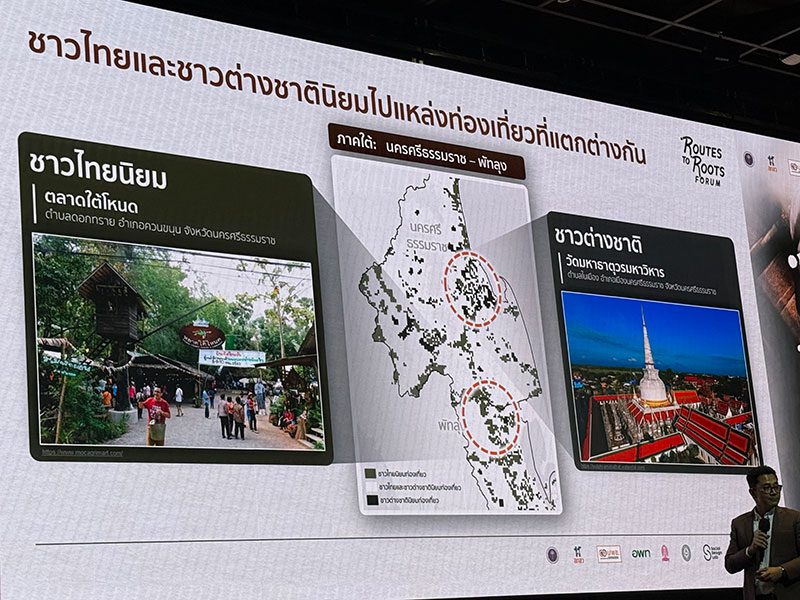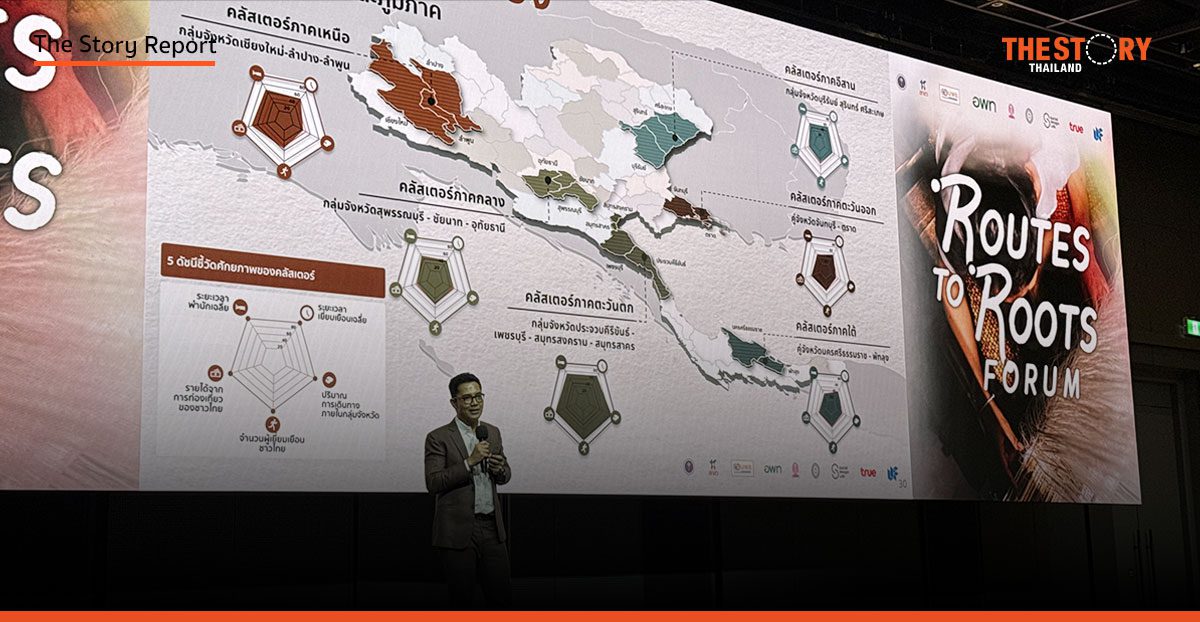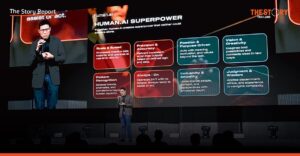For decades, Thailand has been the undisputed darling of global travel, a kingdom of golden temples, bustling street markets, and idyllic shores. In 2019, it stood near the pinnacle of the industry, welcoming almost 40 million visitors. But in the wake of a global reset, the nation finds itself at a crossroads, facing a new generation of savvy competitors and a crucial question: How does a tourism giant reinvent itself?
The answer, it turns out, isn’t found in a marketing meeting, but hidden within the digital breadcrumbs of modern life. A revolutionary research project is now decoding the country’s “travel DNA” by analyzing billions of anonymous mobile phone signals, creating a vibrant new map that leads far beyond the usual hotspots and into the very heart of Thailand.
A Tale of Two Thailands
Behind the postcard-perfect image lies a deep economic imbalance. Assistant Professor Dr. Nattapong Punnoi, a visionary researcher from Chulalongkorn University, points to a startling fact: a massive 87% of tourism revenue flows into a handful of major cities. Bangkok alone swallows a third of the entire pie. Meanwhile, 55 designated “secondary” provinces—places rich with culture and charm—are left to share a meager 13%.
This disparity creates a vicious cycle. With fewer overnight visitors, these smaller cities struggle to attract investment in the very infrastructure that could make them more appealing. The solution, inspired by successes in countries like Japan, is to think not in terms of single destinations, but of “clusters”—interconnected webs of nearby provinces that, together, can tell a richer story and offer a more compelling journey.
A New Compass Forged in Data
This is where Big Data changes the game. In a landmark collaboration between universities, government agencies, and tech corporations like True, Dr. Nattapong’s team analyzed an ocean of information: over 500 million domestic and 30 million international travel trips.
By meticulously filtering the data—focusing only on genuine tourists who lingered, explored, and truly visited a place—they pieced together the real, unscripted itineraries of modern travelers. The result was a stunning revelation: the natural emergence of 25 distinct travel networks, 21 of which are clusters of these promising secondary cities.

From this data, a new atlas of tourism began to emerge, revealing five game-changing insights that are set to redefine travel in Thailand.
1. The Authentic Soul of a Place: Forget imagined slogans. The data revealed what truly draws people in. The cluster of Chiang Mai, Lamphun, and Lampang, for example, wasn’t just “The North”; its magnetic core was its “old towns and ancient sites.” The Isan cluster of Buriram, Surin, and Sisaket? Its pull came from a unique blend of “sports stadiums and ancient stone castles.” Branding can now be built on truth, not fiction.
2. Beyond the Stereotype: Who Really Travels Where? The project debunked the myth of the generic tourist. It discovered, for instance, that the Northern cluster is a haven for older male travelers passionate about culture and golf. In contrast, the Northeast cluster pulses with the energy of a younger crowd, drawn by gaming events and a vibrant food scene. This knowledge allows for surgically precise marketing that speaks to the right audience.
3. Building Bridges, Not Just Resorts: By tracking overnight stays, the data provides a clear guide for smart investment. It pinpoints which city in a cluster should be the “hub” for major projects and which “satellite” towns need better transport links. In the Western cluster, for example, the data suggests Samut Sakhon has the potential to be a central hub, making the entire region more accessible.
4. An Early Warning System for Overtourism: The data also acts as a guardian. It can flag areas under stress before they become irreversibly damaged. On the Eastern seaboard, it found that Klong Prao Beach was experiencing visitor density nine times higher than average—a critical alert for authorities to manage tourism flow and protect the natural beauty that travelers seek.
5. The “Travel Like a Thai” Revolution: Perhaps the most thrilling discovery was that within the same region, foreigners and Thais often explore completely different worlds. While international visitors might head straight for Koh Chang in the East, Thais are often found soaking up the atmosphere in the historic Chanthabun riverside community. This opens a spectacular opportunity to invite the world to “Travel like a Thai,” unlocking a treasure trove of authentic experiences and spreading tourism’s benefits far and wide.
A Vision for a Smarter Future
This is more than just a research paper; it’s a call to action. Pilot tours under the banner “Roots to Roots” are already translating these data-driven stories into real-life adventures.
For Dr. Nattapong, the path forward is clear and rests on three pillars: creating destinations that are Memorable(balancing heritage with innovation), Livable (ensuring local communities benefit first), and Engaging (inspiring visitors to stay longer and return).
By fusing cutting-edge technology with a deep understanding of place, Thailand is not just aiming to reclaim its throne. It’s building a smarter, more equitable, and more sustainable future—one journey, one cluster, and one authentic experience at a time.
Senior Com launches DV Platform to overhaul Thai auto dealerships amid EV boom
Creating new supply through Cluster Tourism: Leveraging Mobility Data to turn secondary cities












